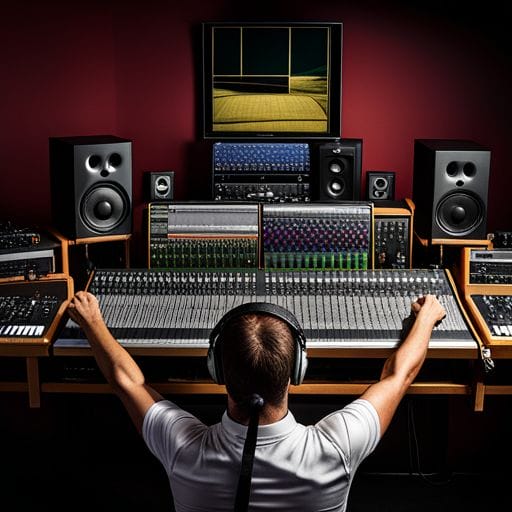10 Mixing Tips for Pro Tools

What are some useful tricks for improving sound quality when mixing in Pro Tools?
When it comes to audio production, Pro Tools is the industry standard. It’s versatile, user-friendly, and has a host of powerful features that can take your mix to the next level. However, beginner audio engineers can sometimes find it daunting. But worry not! Whether you’re a beginner or an experienced producer looking to improve your mix in Pro Tools, here are our top 10 mixing tips to help your tracks shine.
1. Start with Good Recordings
TThe foundation of any good mix is a good recording. No amount of mixing magic can salvage a poor-quality recording. Ensure you record each element cleanly and with the best possible quality. Pay attention to the gain levels and aim for a clean, distortion-free recording.
2. Organize your Session
Pro Tools allows you to color-code and categorize your tracks, which can make your work much more manageable. Keep your session tidy and organized right from the start, and it will make the mixing process much simpler.
3. Use EQ wisely
GThe Equalizer (EQ) is among the most important tools in your mixing arsenal. Use it to shape and carve out space for each instrument in your mix. Remember that sometimes less is more. It’s all about balance.
4. Utilize Panning
Panning can create a sense of space and depth to your mix, providing your track with a three-dimensional feel. Be mindful of maintaining a balanced and focused mix.
5. Use Compression Accordingly
Compression is a powerful tool when used correctly. It can help you control the dynamic range of your mix, adding fullness and consistency. However, overcompression can drain your mix of its dynamic energy. Achieving the right balance is key.
6. Pay Attention to Levels
Pro Tools has excellent metering tools that can help you keep track of your levels. Avoiding clipping is crucial for maintaining a clean mix.
7. Use Automation
Automation is your friend. Pro Tools offers robust automation features that can help you make subtle adjustments over time, allowing for a more dynamic and engaging mix.
8. Experiment with Effects
Pro Tools has a selection of high-quality inbuilt effects. While it’s vital not to overdo it, tastefully applied effects like reverb and delay can add character and space to your mix.
9. Check your mix in Mono
Checking your mix in mono can help pick up phase issues or imbalances that you might not notice in stereo. It also ensures your mix translates well across all listening environments.
10. Take Breaks
This may seem trivial, but it’s all too easy to get carried away and overwork your ears. Allowing regular breaks for your ears to rest can help you preserve fresh perspectives over long mixing sessions.
To conclude, these tips can serve as a guideline for enhancing your mixing abilities in Pro Tools. But remember, rules are meant to be broken. Once you understand these principles, feel free to experiment, and find your unique sound!
